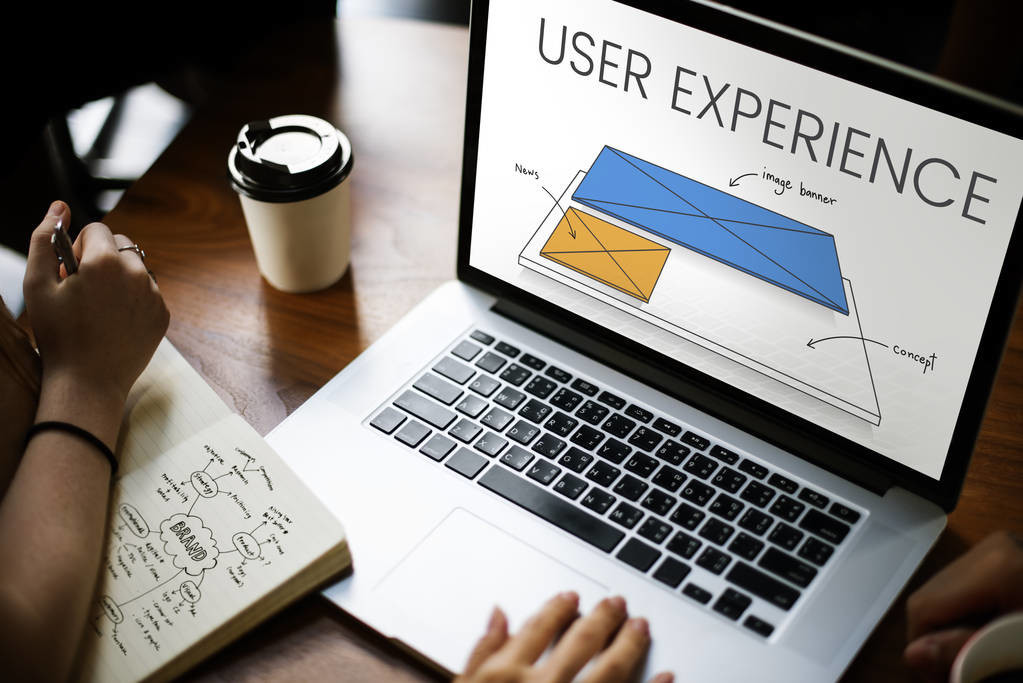Usability testing is an essential component of any mobile or web app development project. It helps ensure that the app interface is responsive to user needs, which is crucial to attracting a positive market response.
Product owners will want easy-to-use products that seamlessly integrate with existing systems. The goal is to make users happy, and their lives easier. So, where does usability tests enter the picture? How will you be able to tell you’re doing it right? How is it done?
First, What is Usability Testing?
Usability testing has multiple layers. But in a nutshell, it’s all about the users ‘experience’ during interactions with a product.
Usability experiments help identify issues early in the web or mobile app development process. Users test a product by performing tasks, and their responses are observed, recorded, and analysed. During the usability test, testers may spot mistakes that require urgent correction. This is one of the goals of a usability testing services provider.
Usability tests can be carried out to see how functional a prototype is, verify if the product is working as planned, identify roadblocks in the user’s journey, and enhance the overall user experience. The process does not end once a product idea is validated or a final product is launched.
Enhancements are necessary even after deployment, so testing should be conducted regularly for maximum results.
How is App Usability Assessed?
App usability can be assessed through moderated or unmoderated methods.
In a moderated approach, a live test is conducted with a moderator. This can be carried out in person or remotely. The moderator observes and guides the participants as they perform specific tasks or answer questions.
In an unmoderated approach, on the other hand, the test is performed without a moderator. The participant goes through it on their own, and video recordings or responses are recorded with their consent.
In both methods, hiring a third-party usability team can be beneficial to save time and resources. This also helps ensure that everyone involved in the test has no preconceived notions about a product.
What Are the Steps Involved in Usability Testing?
Usability testing often involves the following steps:
Step 1: Identifying participants
Choosing the right user group is crucial to gather unbiased and insightful feedback from your testing session.
Step 2: Designing the tasks
Think of scenarios that real-life users will likely be in, and devise tasks from there. For an e-commerce website, a possible task is to ask users to find a specific product and attempt to purchase it.
Step 3: Facilitating testing
The usability group will have users perform actions on the site and collect information. The results will provide a clearer picture of how an application is used, and if there are any errors or pain points that need to be addressed.
Step 4: Analysing the results
Establish metrics to evaluate the results of the test. Depending on your goals, you can assess how long it takes for a user to perform a task, how many times they commit mistakes, or if they successfully completed the task. The results can then be presented to stakeholders to highlight the need or urgency for changes.
Tools for Usability Testing
Several tools can be used to facilitate usability tests. Some of their types are listed below:
- Tools for crafting scripts, formulating questions, or planning activities. But before exploring these tools, you must first define a clear set of goals. Tasks must also be specific so participants will easily understand what needs to be done.
- Tools with video or screen sharing capabilities. You can submit your design and the tasks to be performed. In turn, the tool will provide you with videos about user interaction, including their comments.
- Tools that incorporate visual and thermal mapping methods to determine which part of the page the user spends the most time. Some can also record user clicks, scrolls, and mouse movements.
The tools can then generate results based on the submitted design, mockup, questions, and gathered responses.
Summing up
Usability tests are important at any stage of the development process. It leverages honest results from real users, so you can create the best experience possible.
Learn more about how usability testing works and how you can incorporate it as you plan, design, build, and improve web and mobile apps. USER Experience Researchers Singapore is composed of UX experts that can guide you in performing usability tests to optimise digital products. Reach out to us at https://www.user.com.sg/contact/ to get started.




